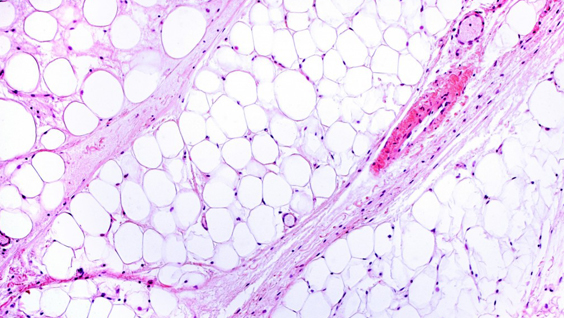New research from SBP’s Sheila Collins, PhD, and Richard Pratley, MD, has revealed an important relationship between proteins secreted by the heart and obesity, glucose intolerance, and insulin resistance. The findings, published in Obesity, offer a new approach to treating metabolic disorders, including type 2 diabetes, by targeting the pathway that controls the proteins’ concentration in the blood. Continue reading “New links between heart hormones, obesity, and diabetes”
New links between heart hormones, obesity, and diabetes



